
Weaning With TUM TUM - Our Guide To Weaning Your Baby
Weaning With TUM TUM - Our Guide To Weaning Your Baby
Weaning is an exciting time for both you and your baby – you may be eager to start, or you may be feeling a bit overwhelmed with all the information out there. As parents ourselves who developed a range of weaning products when our spirited (and sometimes picky!) daughters were little, we’ve made it our mission to make weaning fun.
We would all like confident, happy little eaters, so we developed a weaning guide based on our own experiences but also using expert weaning advice from the NHS, child nutritionists and talented cooks. After all, weaning is an adventure!
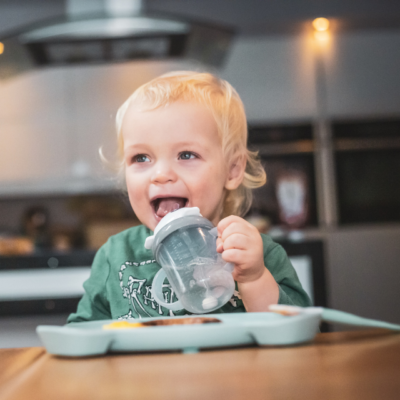
TUM TUM Dippy Face plate and Tippy Up Sippy Cup, part of the TUM TUM baby weaning bundle, everything you need for weaning
Knowing when to start weaning
It is recommended to start weaning when your baby is six months old. This is because up until this point breastmilk or formula milk provides all the energy and nutrition your baby needs. By six months, your baby’s digestive system will have developed to be able to cope with solid foods, feeding them anything other than milk before this time may be quite harmful.
Your baby will probably be telling you that they are ready to get going by copying your chewing motions and putting things in their mouth. Some babies make it very clear but even if your baby is not showing you these early signs, it is still best to make a start at six months since it is an important part in their development.
Three tell-tale signs to look out for before starting weaning
- Your baby can sit up (with some support) and is able to hold their head steady
- They can reach for and grab objects accurately
- They can swallow – and by this we mean you will see less food being pushed out their mouth and around their face and more going down
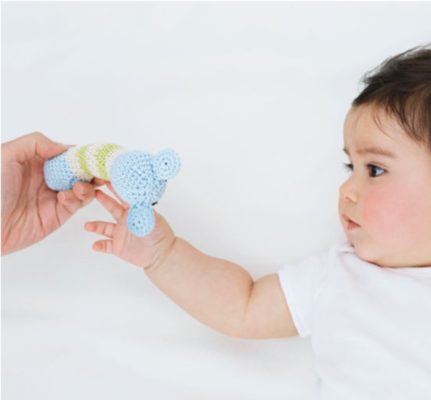
How to start weaning - Baby-lead and traditional weaning
So you’re ready to start…but what do you do first?
A good first step is to understand the different approaches to weaning – Baby-lead weaning (BLW) and traditional weaning (purees). The main difference is that BLW lets babies feed themselves and introduces whole foods straight away with fingers foods such as cooked carrot sticks.
Whereas traditional weaning involves spoon feeding baby with purees to start, and food becomes lumpier, and amounts increase, as baby grows. There is no right or wrong way…it’s a personal choice and one for you to make. And in fact, it is perfectly fine to choose a mixture of the two methods if you prefer.
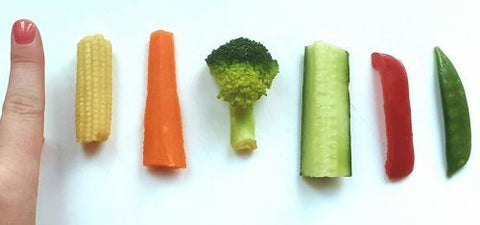
Credit: Friendly First Foods
You can enjoy exploring a range of different foods with your baby from the start but there are some foods to avoid:
Under 12 months
- Honey
- Added salt & sugar (take a look at our guide featuring easy ways to help your little one eat less sugar)
- Raw or lightly cooked eggs
Under 5 years
- Raw shellfish
- Whole or chopped nuts or large seeds
- Shark, swordfish or marlin
It’s also important to remove hard pips and stones from fruit and remove bones in meat or fish before serving. Cutting small round foods, like grapes and cherry tomatoes, into small pieces is also recommended.
Some children can be susceptible to allergies, so it is advisable to offer the below foods one by one from six months in small amounts to start with:-
-
Nuts & Seeds
-
Eggs
- Wheat & other gluten containing cereals
- Fish & shellfish
- Cow’s Milk
If your baby has any reaction including a rash, swelling, itching, vomiting or diarrhoea, contact your doctor or health visitor for advice.
What equipment you need to start weaning?
First and foremost, you will need a highchair, and there are many different styles to choose from. Our top tip would be to go with one with as few parts as possible, so it is easy to clean because weaning is messy! The Ikea Antilop highchair is a good example.
A weaning plate with a cute design but also durable and practical is a ‘must’. Our TUM TUM Eco Dippy Face Plate has dippy pot ears for dips such as hummus or yoghurt and steeper sides so babies can eventually learn to scoop up their food more easily using the side of the plate.
This plate also comes with a powerful suction base which comes into its own when babies realise how fun it is to throw their plate on the floor and watch you mop it up!
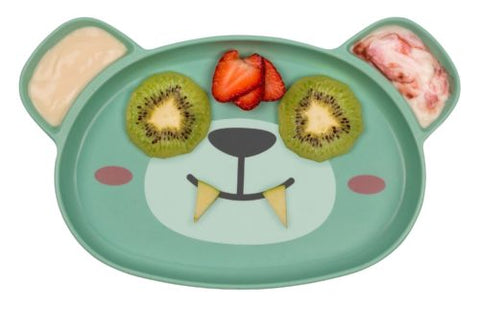
Talking of mess, let us introduce you to an ingenious invention called the Tidy Tot – this nifty bib and tray kit covers baby completely and eliminates the gap between baby and the highchair so no food falls on baby’s lap. The tray also keeps food in easy reach of baby so it is great for BLW.
A good set of weaning spoons also comes in handy. Our Double Ended Swapsie Spoons have a small and large spoon on each end which solve the problem of baby swapping to the handle end when they gain more independence.
There are also some great inventions for traditional weaning including the Fill n Squeeze pouch system which purees food for on-the-go pouches and Itsy Blitz, the world’s first portable baby food blender.
Finally, a good cup. There are many types of cups available. We have found that a sippy cup with a weighted straw is a good option as the weight follows the liquid whichever way the cup is held so liquid is free flowing.
Having fun with food
Weaning needn’t be boring! And in fact, as your baby grows into a toddler you can have even more fun making creative foodie plates for them to enjoy.
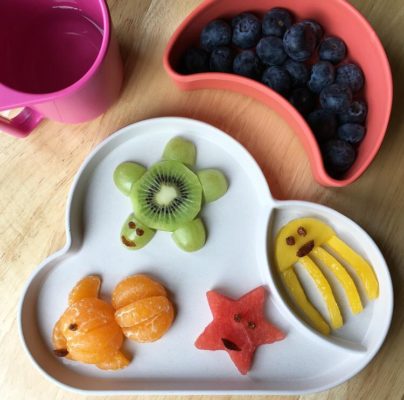

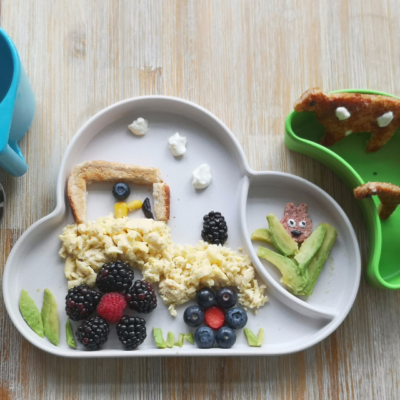
Creations by All About Kids and Little Human Big Foodie on TUM TUM Eco Cloud Dining Set
Growing vegetables and fruits is a great way to get little ones involved and interested in what’s on their plate, and you’re more likely to get them to try new things if they’ve seen it grow!
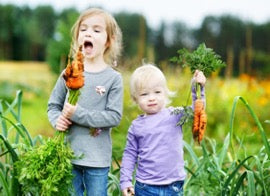
Putting little pictures in lunchboxes or drawing a smiley face on a banana skin are other little ways to surprise and delight toddlers.
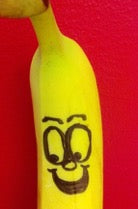
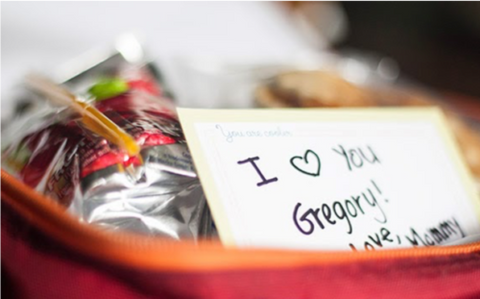
The final top tip from us is to stay relaxed, make it fun and enjoy the food adventure you and your little one are taking!
See our award-winning baby weaning range here.
